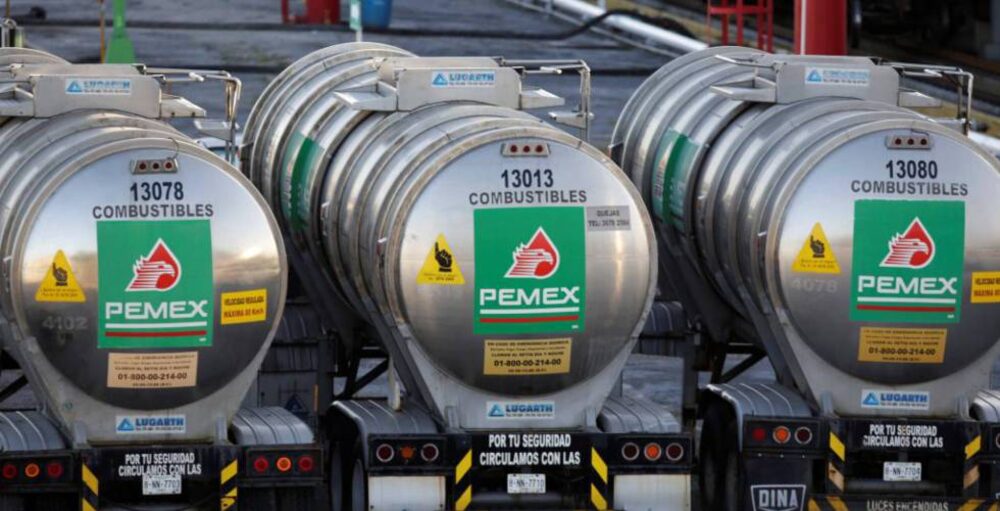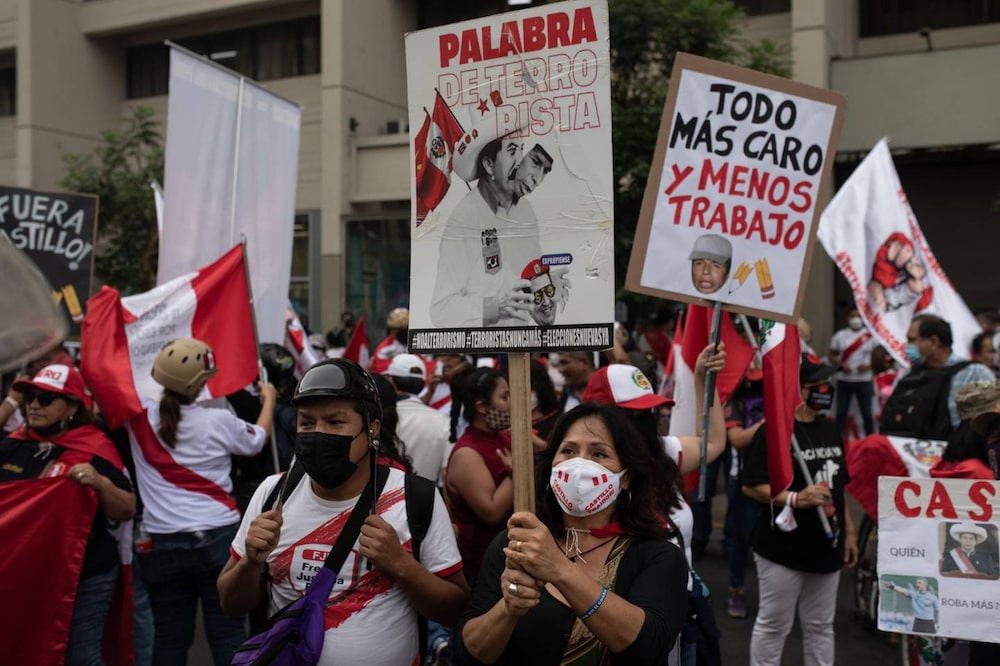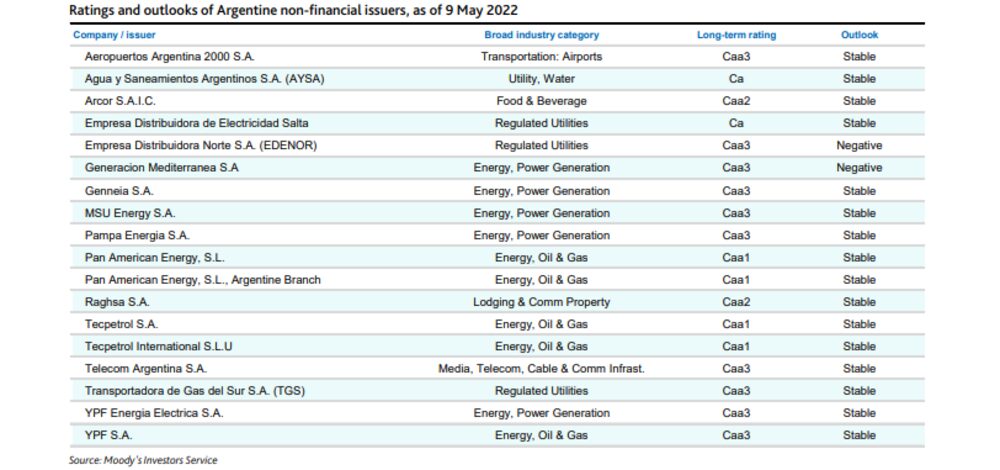In both Argentina, Latin America’s third largest economy, and Peru, companies face greater liquidity risks than in neighboring countries, according to a series of five reports published by Moody’s Investors Service.
“Peru’s issuers face moderate risks and risks are moderate to high in Argentina, where macroeconomic stress hinders the scenario,” according to Moody’s.
The ratings agency explained that liquidity risks for non-financial and infrastructure companies vary in Latin America, and are lowest for companies in Brazil, Chile and Mexico.
The Region’s Giant
Moody’s specified that for rated Brazilian non-financial, utility and infrastructure companies, liquidity risks will remain relatively low through the end of 2023, as those companies will typically have sufficient cash and equivalents available to meet their spending obligations.

In addition, Moody’s estimated that companies in Brazil will generate more free cash flow in 2023, even as they increase their capital expenditures. “Nonetheless, we raise our estimate of inflation in Brazil by the end of 2022 to 9.4%, and expect marginal GDP growth of 0.1% this year”, it said.
Cash Flow in Mexico
Moody’s expects that, in general, rated Mexican companies will have sufficient cash on hand, free cash flow, and committed credit lines available through 2023 to cover their short-term debt and long-term debt maturities, operating expenses, and regular capital expenditures.
In 2021, the short-term corporate debt coverage ratio improved to 0.9x from 0.6x in 2020.

Mexican corporate debt maturities over the next two years are mainly concentrated in the energy and telecommunications sectors.
Tranquility in Chile
The operating environment has improved cash generation in Chile since the pandemic-induced economic crisis, and liability management efforts by corporate issuers have increased, Moody’s says.

“The total cash-to-short-term debt ratio of Chilean companies improved to 2.7x at the end of 2021, compared to 2.0x a year earlier,” the Moody’s reports say.
Part of the tranquility observed in most of the countries where corporations were analyzed has to do with the fact that in general, despite the increase in costs, exporters continue to benefit from high commodity prices, while companies that do not trade commodities benefit from the increase in activity in physical stores, according to the ratings agency.
The More Complex Cases
In an executive summary, which condenses the reports on which these warnings are based, Erick Rodrigues, Moody’s vice president, states that, in Peru, “continued political tensions” will offset the strong benefits of high commodity prices and “dampen growth prospects”.

As for Argentina, Rodrigues pointed out that it is the macroeconomic imbalances that “complicate the scenario for companies” in the country.
Specifically, he says that companies in Argentina face greater refinancing risks than their regional peers “due to the rapid deterioration of business conditions, restricted access to international capital markets, and tighter capital controls”, all of which “has made it more difficult to refinance foreign currency debt”.
In addition, he states that refinancing risks further intensified in early 2022 due to the tightening of international financial conditions following Russia’s invasion of Ukraine, which has affected overall investor confidence.







